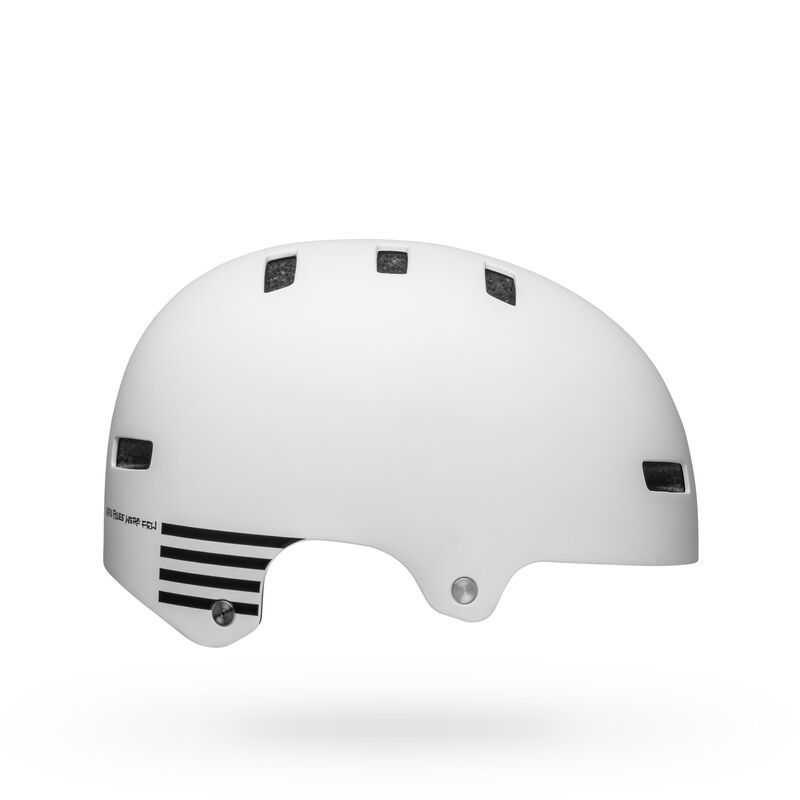How to make an electric skateboard with raspberry pi?
While electric skateboards typically do not utilize a Raspberry Pi, it is possible to create a DIY electric Skateboard using this mini-computer for added functionality and control. Here's a general guide on how to go about it:
1. Required components: Raspberry Pi (preferably a model with Bluetooth or Wi-Fi capabilities), motor controller, brushless motor, battery pack, Skateboard deck, wheels, pulleys, and belts.
2. Motor and ESC setup: Connect the brushless motor to the motor controller, ensuring the correct wiring connections are made. The ESC (Electronic Speed Controller) will regulate the motor's speed and direction.
3. Battery and power management: Connect the battery pack to the motor controller and Raspberry Pi. Ensure the battery pack is capable of providing enough power for the motor.
4. Mounting the components: Attach the motor and motor controller to the Skateboard deck using brackets or mounting hardware. Securely mount the Raspberry Pi using a suitable enclosure or case.
5. Controlling the Skateboard: Program the Raspberry Pi to receive inputs from a wireless controller. This can be done using Bluetooth or Wi-Fi communication. The Raspberry Pi will then interpret the signals and control the motor's speed and direction accordingly.
6. Fine-tuning and testing: Calibrate the motor controller and test the Skateboard's functionality in a safe environment. Adjust settings as necessary to achieve optimal performance.
Please note that building an electric Skateboard can be complex and require technical expertise. It is important to exercise caution and follow appropriate safety guidelines when working with electrical components and high-speed transportation devices. Additionally, consider LOCAL laws and regulations regarding the use of electric skateboards before embarking on this project.
1. Required components: Raspberry Pi (preferably a model with Bluetooth or Wi-Fi capabilities), motor controller, brushless motor, battery pack, Skateboard deck, wheels, pulleys, and belts.
2. Motor and ESC setup: Connect the brushless motor to the motor controller, ensuring the correct wiring connections are made. The ESC (Electronic Speed Controller) will regulate the motor's speed and direction.
3. Battery and power management: Connect the battery pack to the motor controller and Raspberry Pi. Ensure the battery pack is capable of providing enough power for the motor.
4. Mounting the components: Attach the motor and motor controller to the Skateboard deck using brackets or mounting hardware. Securely mount the Raspberry Pi using a suitable enclosure or case.
5. Controlling the Skateboard: Program the Raspberry Pi to receive inputs from a wireless controller. This can be done using Bluetooth or Wi-Fi communication. The Raspberry Pi will then interpret the signals and control the motor's speed and direction accordingly.
6. Fine-tuning and testing: Calibrate the motor controller and test the Skateboard's functionality in a safe environment. Adjust settings as necessary to achieve optimal performance.
Please note that building an electric Skateboard can be complex and require technical expertise. It is important to exercise caution and follow appropriate safety guidelines when working with electrical components and high-speed transportation devices. Additionally, consider LOCAL laws and regulations regarding the use of electric skateboards before embarking on this project.
Subscribe to Ride Review
Sign up for free for the Ride Review Newsletter - the world's largest newsletter about small electric vehicles - and have chances to win our electric bike and scooter giveaways. Trusted by over 60,000 riders around the world.

Join Ride Review Newsletter
The largest newsletter for small electric vehicles. No spam, just rides!
Join Ride AI Newsletter
We track how technology is changing the way we move.
When you purchase through links on our site, we may earn an affiliate commission.

